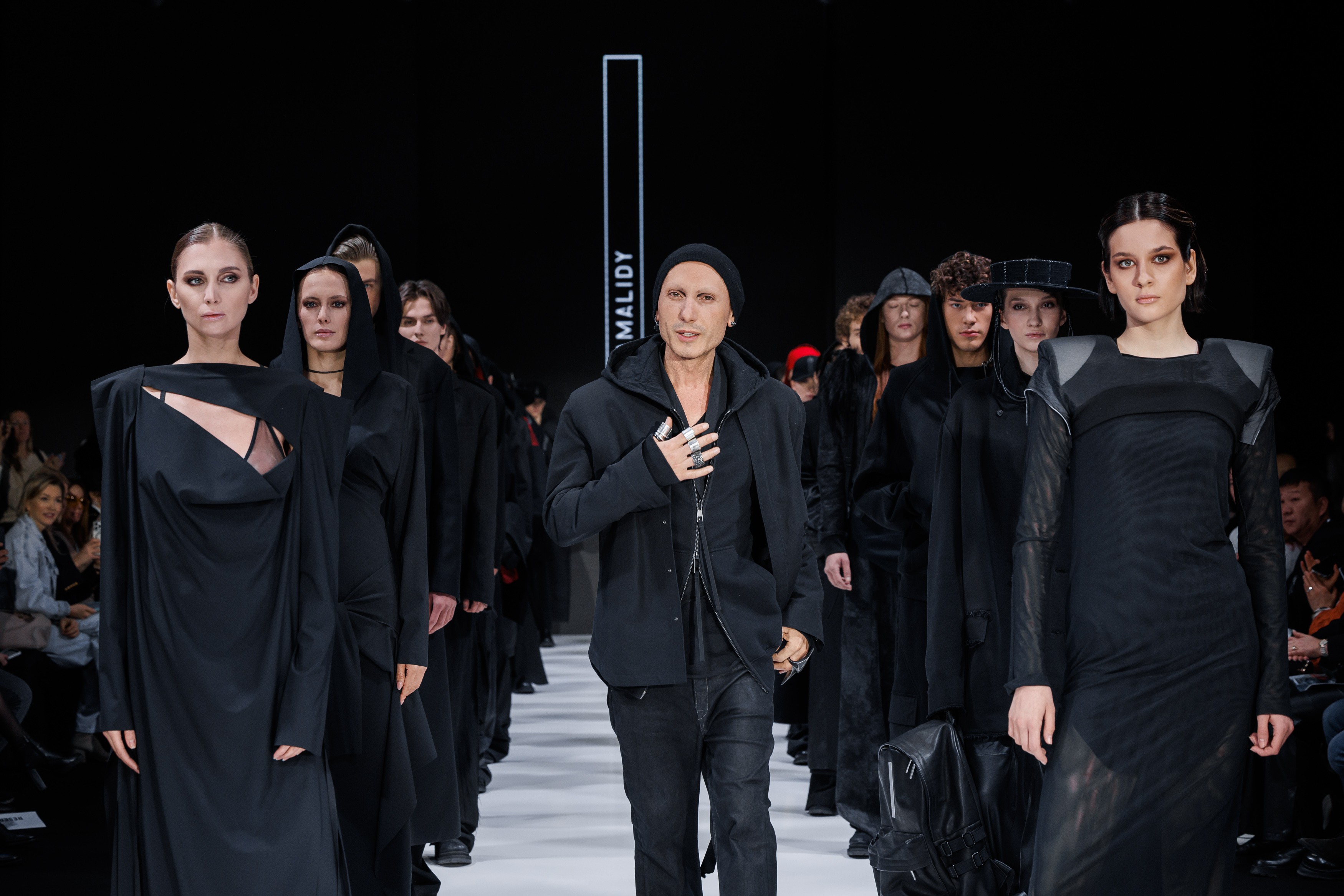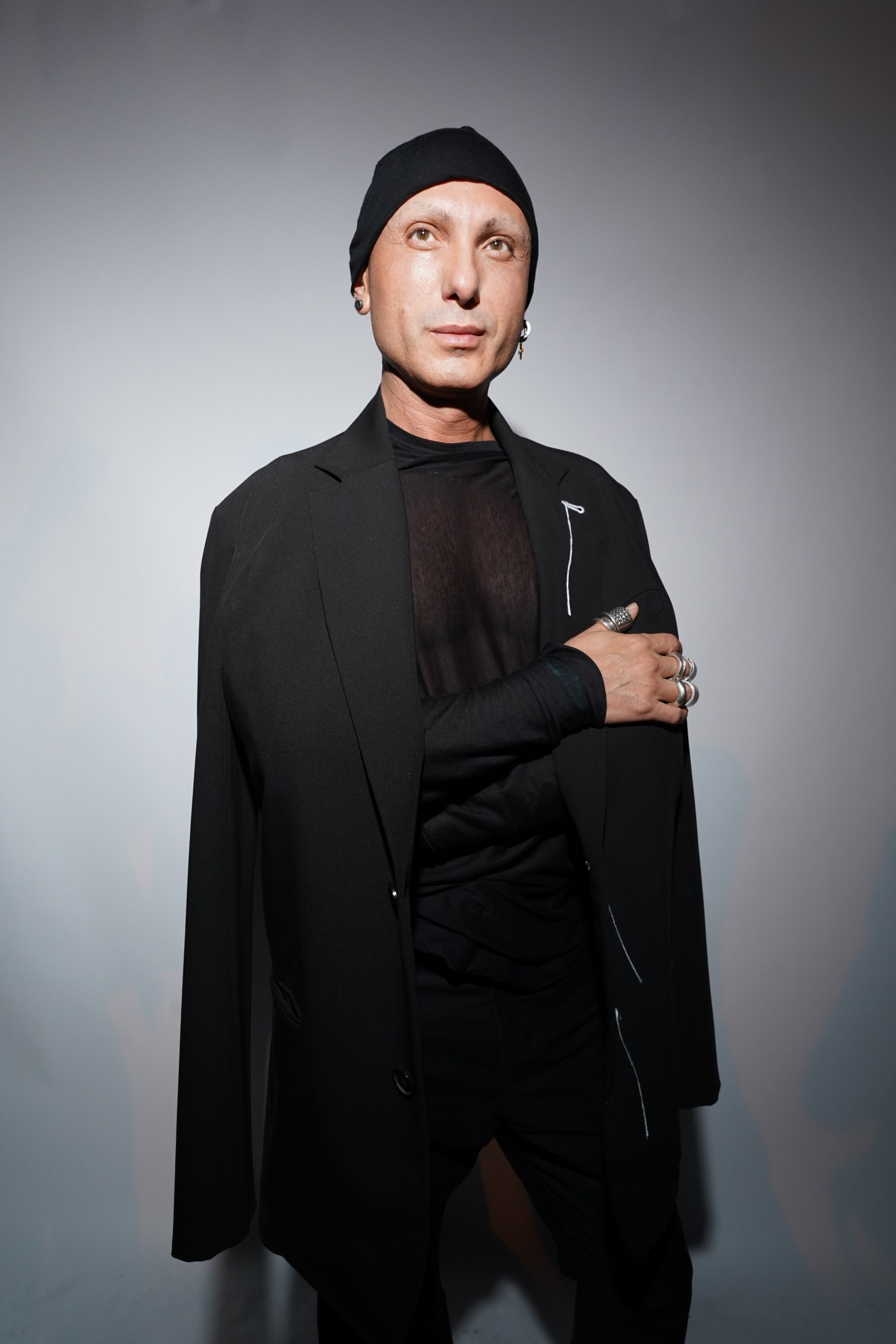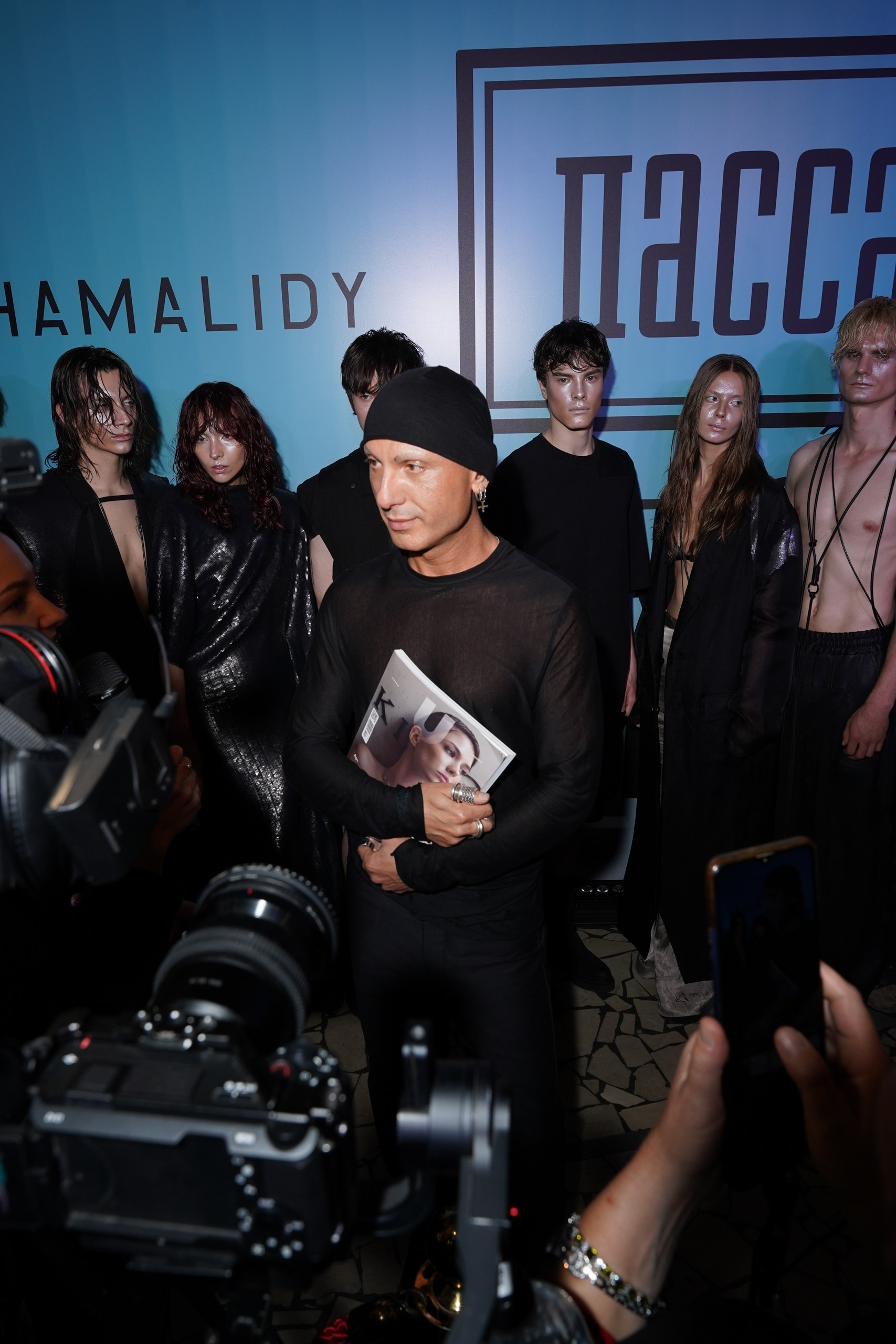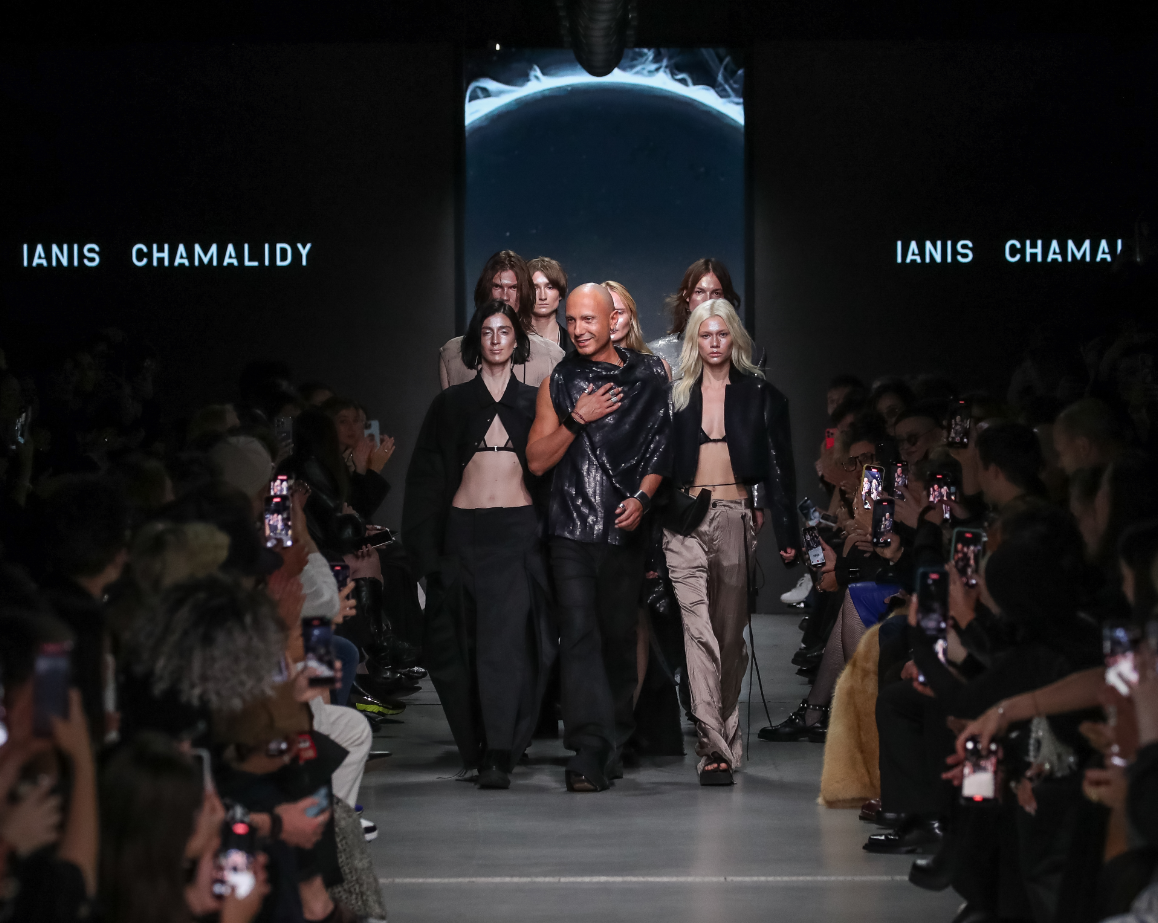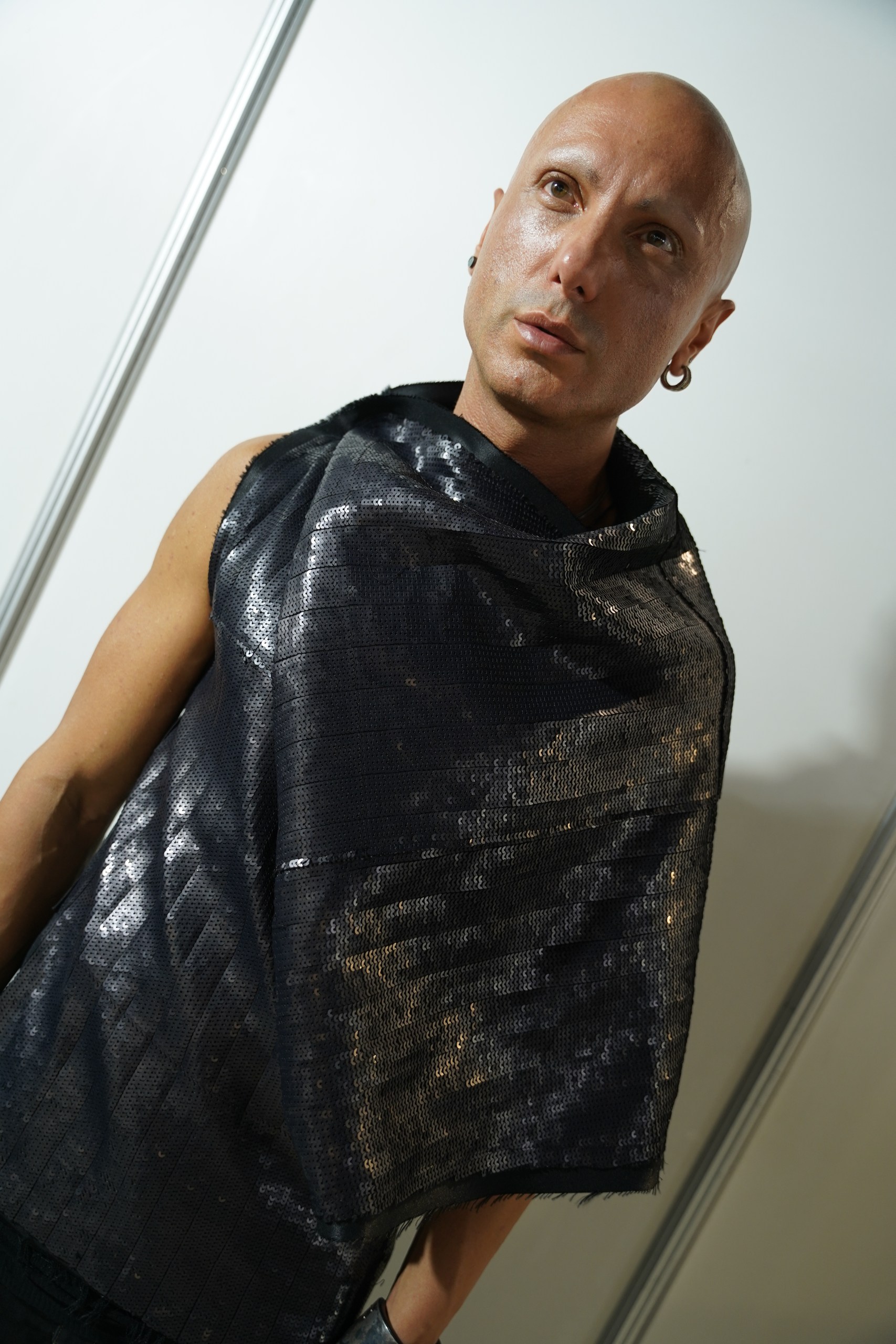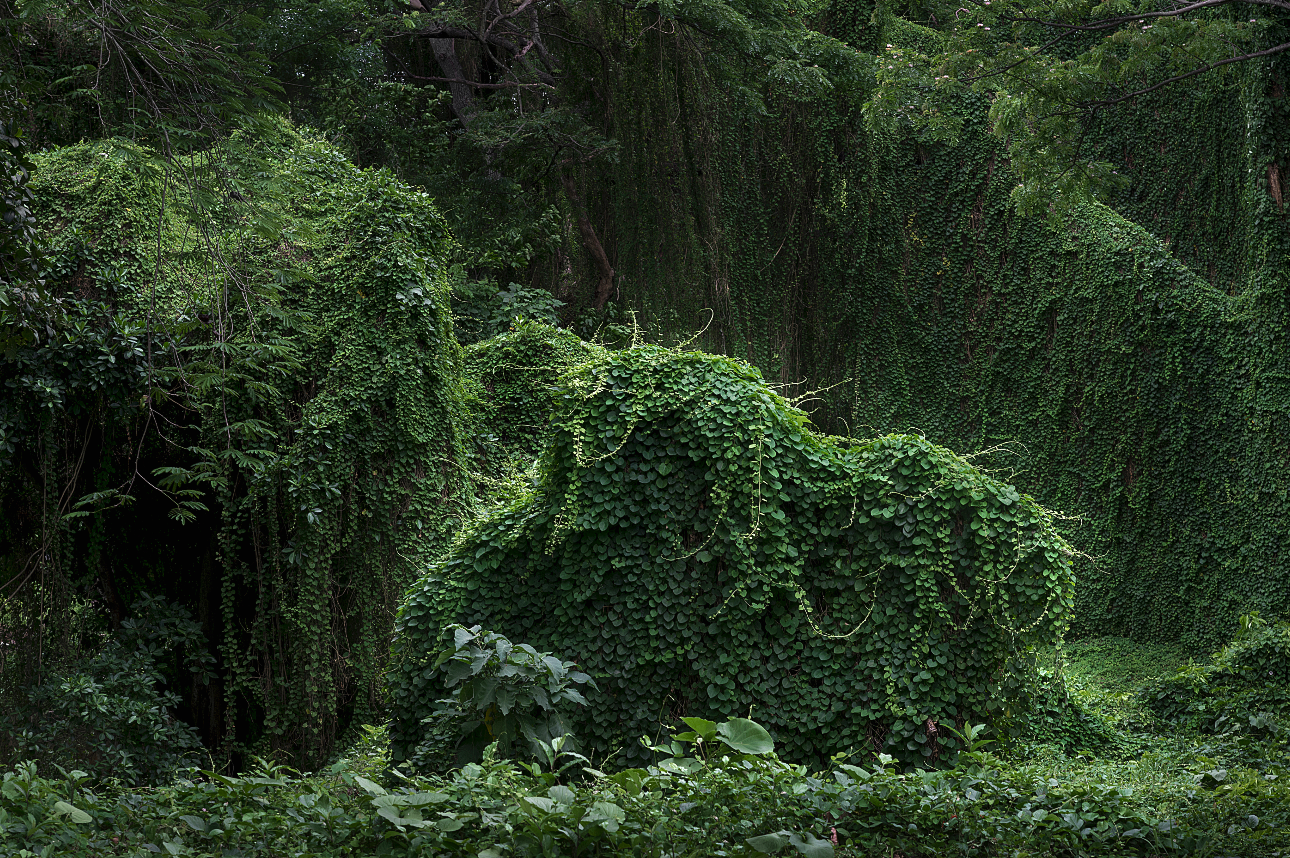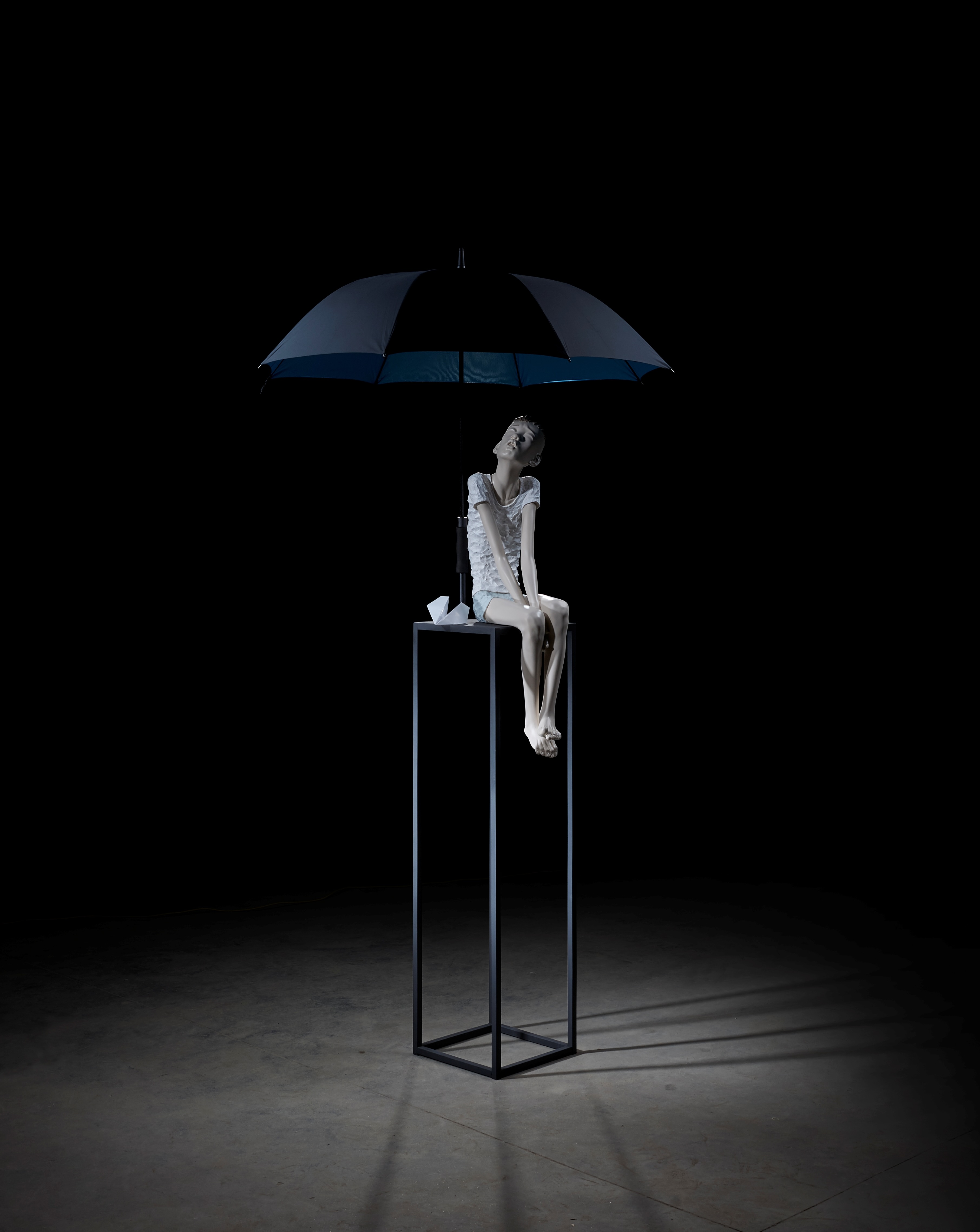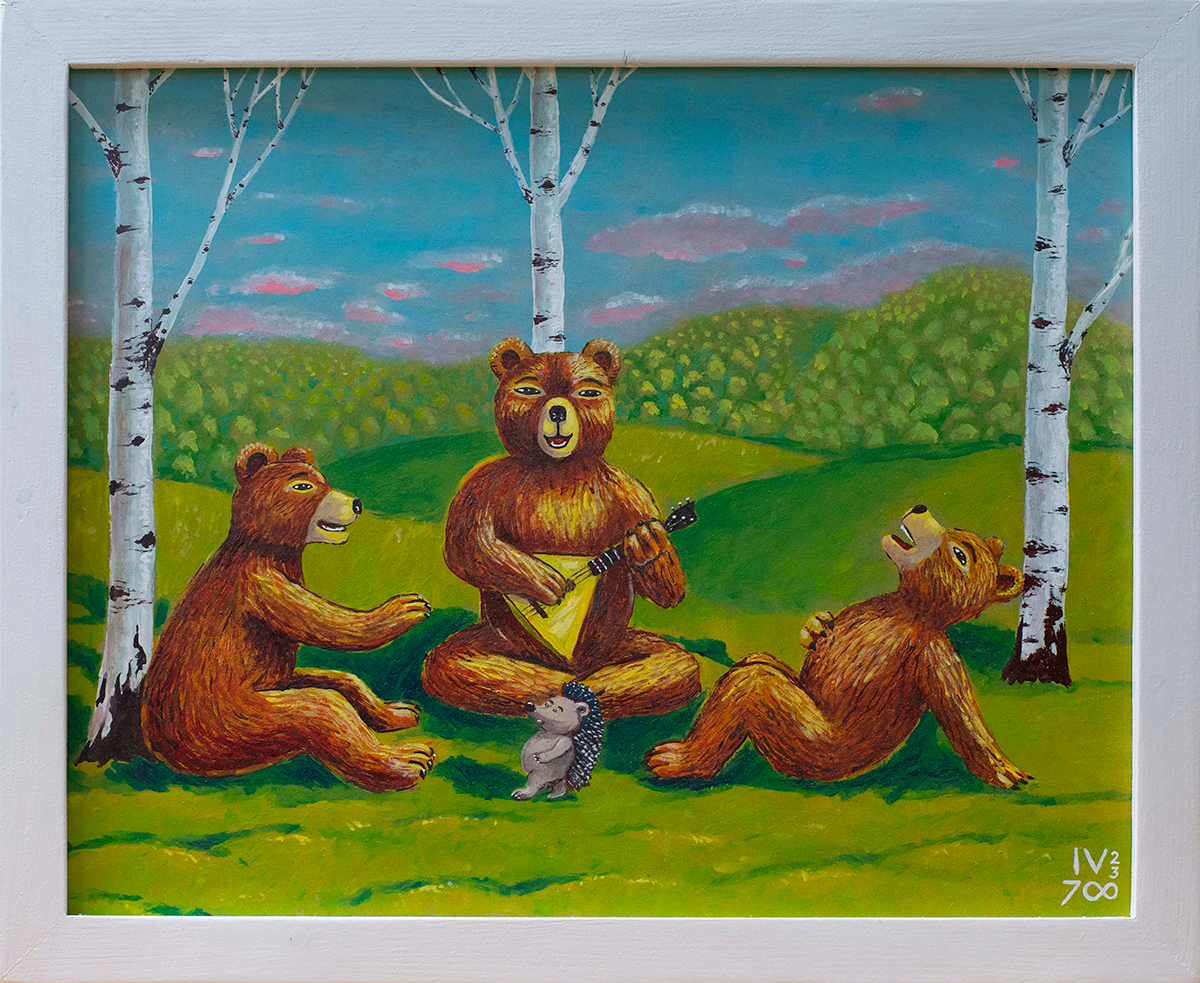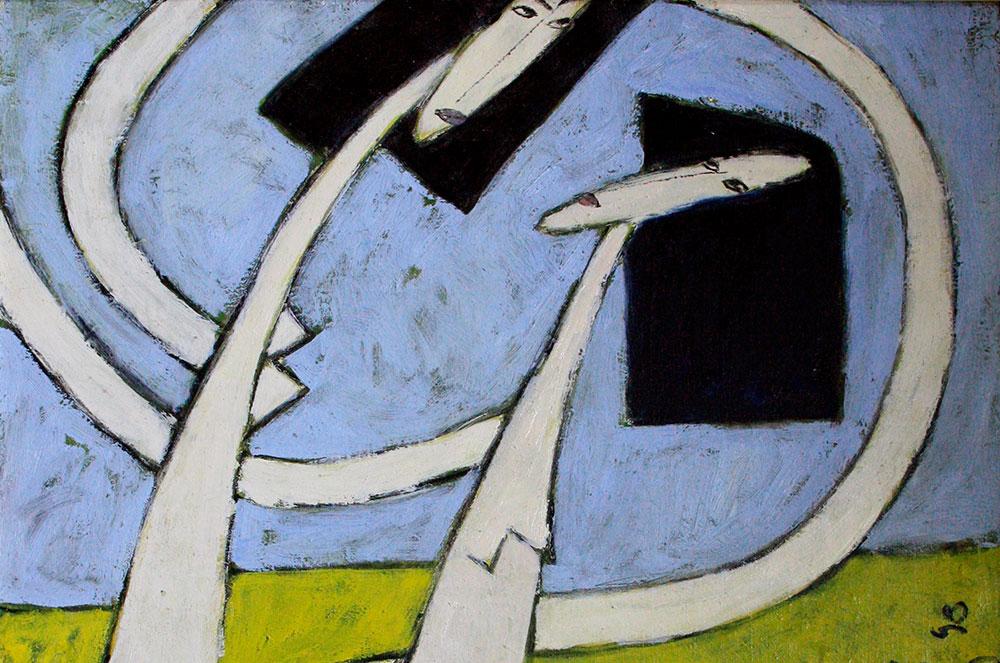Erarta Museum of Contemporary Art presents the first large-scale solo exhibition by the St. Petersburg-based couturier Ianis Chamalidy who neither conforms to the set rules of fashion nor seeks to introduce new laws of the game. Instead, he aims to help people discover their true self by liberating them from the dictate of trends
-
Projects by a Russian designer of international renown equally acclaimed in Paris, Milan, and Tokyo
-
Intellectual fashion in which every design expresses a certain idea or carries a philosophical or socially charged message
-
Constantly evolving substance as the source of inspiration and epitome of creative energy
IANIS CHAMALIDY fashion house has long since acquired something of a cult status, admired by the proponents of intellectual fashion who seem to belong to a kind of ‘black butterfly tribe.’ Ianis himself views his creative output as a socially oriented project helping people discover their true selves and find their place in the world. No longer just clothing, this is thought given shape. After all, dealing with the category of beauty, fashion invariably verges on philosophy.
Far from being a retrospective view of the celebrated fashion house’s past collections, the Non Finito exhibition introduces a number of fundamental ideas continuously explored by Ianis Chamalidy over the past decades. They will not cease to be relevant in the future, just like everything that inspires the designer, be it the art of classical antiquity, folk costume, or the radical transformation of one form into another as a butterfly emerges from a cocoon.
Fashion designs are often compared to sculpture, and this metaphor is fully applicable to Chamalidy’s creative method. One of its cornerstones is the concept of non finito, originating in the works of the great Italian masters and literally meaning ‘not intended to be finished.’ Many sculptors deliberately create pieces with missing fragments emulating the effects of time or leave untreated and chipped surfaces exposed, offering viewers an insight into the texture of material. The inspiration behind this practice stems from the time-worn ancient sculptures, unfinished or imperfect as they may appear.
Non finito is the visual language employed by the artist to describe the ungraspable, constantly changing world. It is the source of new forms and a way to allow substance to manifest itself, turning it into a full-fledged creative force: neither subdue or harness it, but rather engage it in a meaningful dialogue by accepting its perpetually evolving nature.
This approach to creativity invites comparisons to the environmental or anti-authoritarian stance: in lieu of imposing or dominating, one observes and collaborates. Unlike Michelangelo who chiselled away superfluous material from the marble block, Ianis Chamalidy does not follow any specific plan in forging his designs. Instead, he watches the fabric and allows it to take its natural shape, much like August Rodin who would let bronze erupt with the energy brewing within it.
Non Finito marks yet another milestone in Erarta’s continued exploration of fashion as art. In the past, the museum presented a number of landmark exhibitions, from those celebrating the works of Philip Treacy, Mario Testino, and Helmut Newton to collaborations with the Victoria and Albert Museum. Now comes the time to spotlight an internationally acclaimed Russian designer. Rather than a mere demonstration of past collections, this exhibition is a poetic paean to the beauty of movement, freedom of form, and infinite creativity.
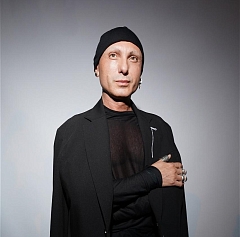
Ianis Chamalidy is a St. Petersburg-based designer and founder of the eponymous fashion brand. After creating his first collection at the age of 17, he spent eight years working for Yves Saint Laurent and was instrumental in promoting the French couture philosophy in Russia. Year 1997 saw the founding of IANIS CHAMALIDY fashion house. Ianis’s impressive track record boasts costume designs for the Olympic champions Tatiana Totmianina and Maxim Marinin, the Mariinsky Theatre, and the Leonid Yakobson Ballet Theatre. Having demonstrated his collections in Moscow, Paris, Milan, and Tokyo, he was named Fashion Designer of the Year on two separate occasions, ultimately landing on Vogue magazine’s Top 100 International Designers list.

